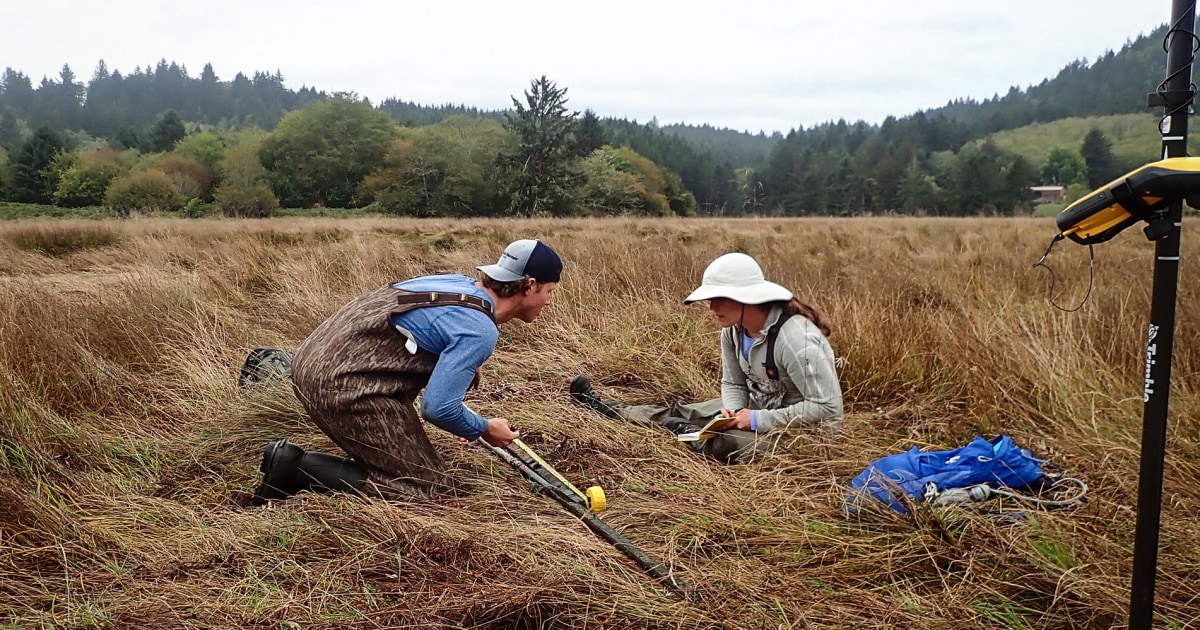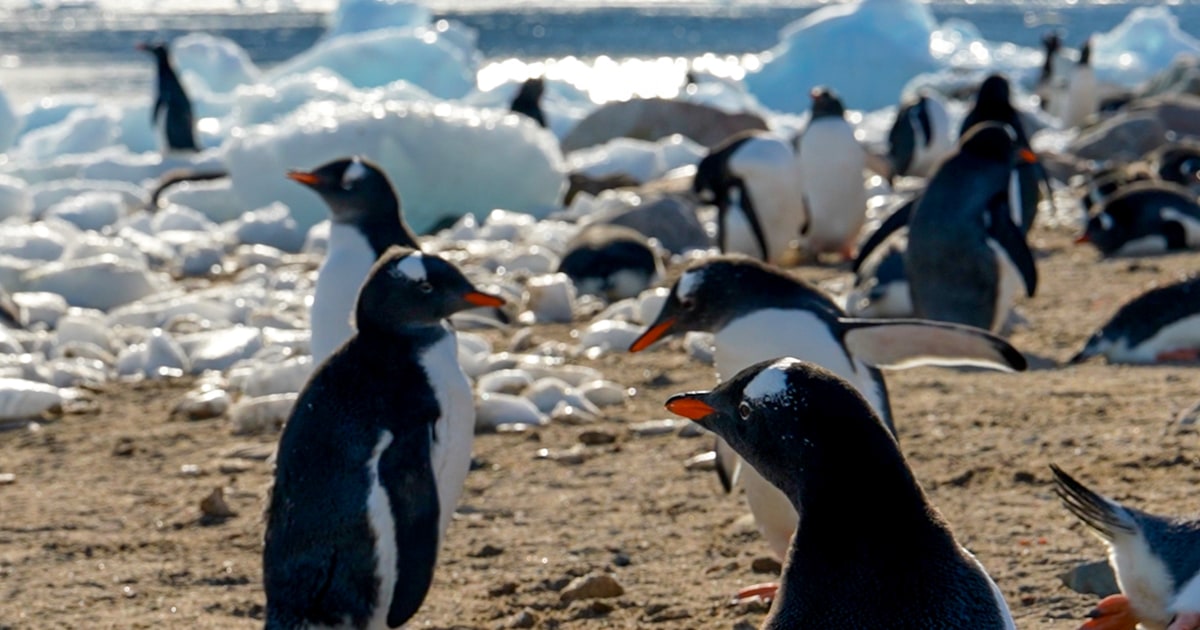The tornado raced across southern Iowa at nearly 45 mph, shredding wind turbines like string cheese.
In the town of Greenfield, it overturned cars and ripped homes from their foundations, leaving a gash of destruction that can be seen from space. The twister, which the National Weather Service later rated an EF4, killed five people May 21, making it one of the deadliest so far this year, and injured 35.
More than a dozen tornadoes touched down in the state that day. While most everyone in the area hunkered in basements, a team of nine scientists — storm chasers — sought to get as close as possible to the twisters.
Just before 3 p.m., they saw their opportunity. As a tornado began to brew on their radar screens, the group scrambled into action. They rushed one of their radar trucks to a location about 10 miles west of Greenfield, a community of about 2,000 in southwest Iowa.
Another team dashed to deploy a pod of scientific instruments directly in the twister’s path.
“There was debris falling on us,” said Jennifer Walton, a storm chaser and photographer on the team.
A third truck drove through town, suddenly surrounded by trees and buildings that blocked their radar view of the twister. They knew they were ahead of the storm; they didn’t know by how much.
“That’s probably the most anxious time for all of us, because we know a tornado is coming,” said Joshua Wurman, a University of Illinois research scientist. “We really don’t know whether it’s coming in five minutes or three minutes or two minutes.”
It worked. The team achieved an “intercept,” as they call it, collecting data on the storm with the pod and two mobile radar devices and giving scientists a rare, detailed and close-range view of one of the most powerful twisters ever recorded this way.
The data they gathered marks only the third time that scientists have calculated wind speeds that reached more than 300 mph within a tornado. And because the storm chasers took the readings from multiple angles while the twister pummeled Greenfield, the findings now offer a grim view of the winds and inner dynamics of a vortex powerful enough to level homes.

 1 year ago
1 year ago
 (200 x 200 px).png)








 English (US) ·
English (US) ·